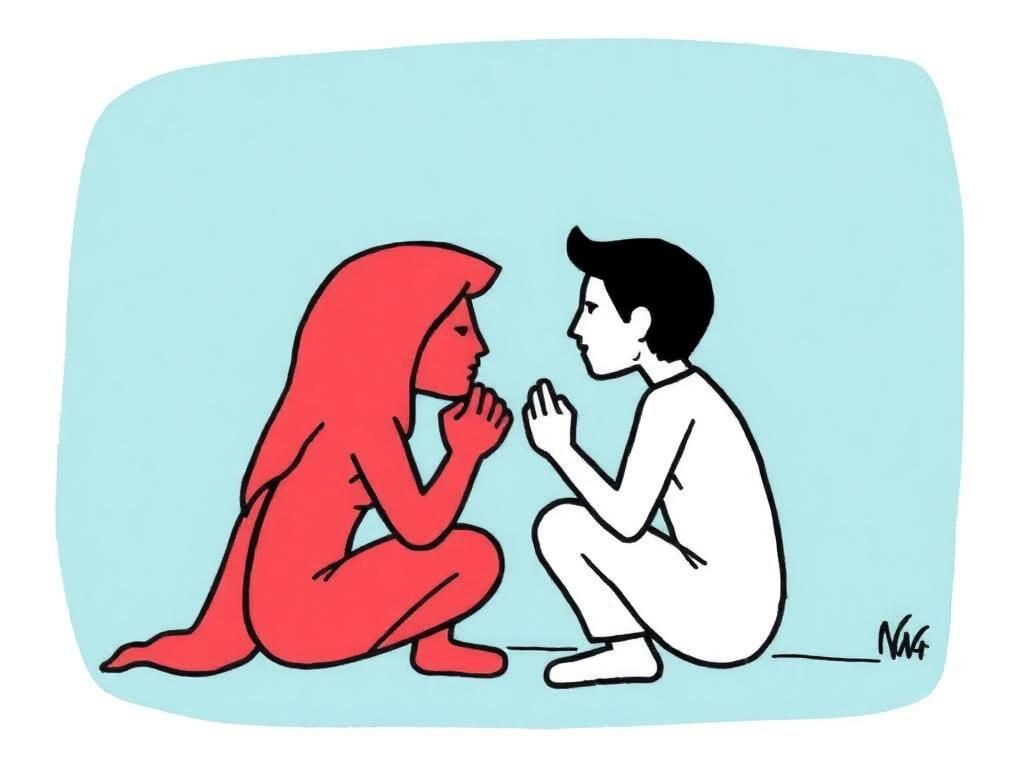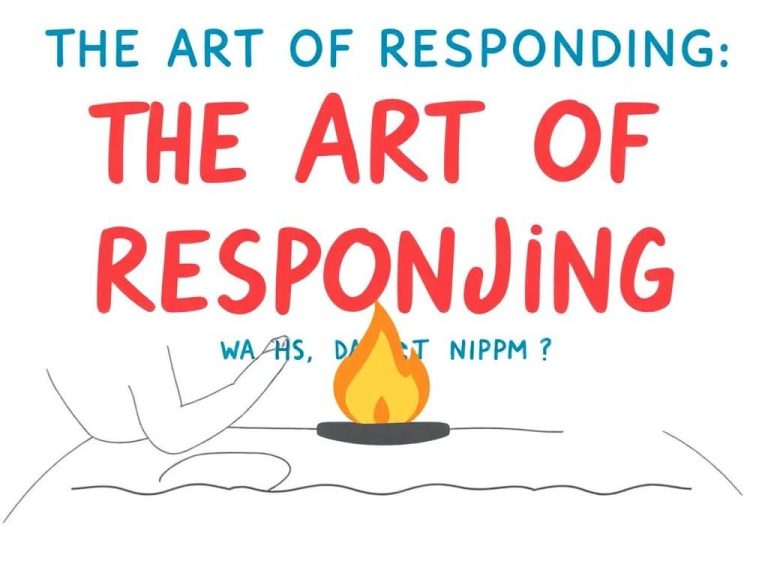Navigating social situations can often be complex, with varying motivations and feelings influencing how we connect with others. One common yet often misunderstood scenario is the pity invite. This term refers to social invitations extended out of a sense of obligation, empathy, or compassion rather than genuine desire for someone’s company. While both genuine and pity invites share the same surface-level structure—an offer to include someone in a social gathering—there exists a deeply emotional distinction between the two. Addressing this dichotomy is crucial, particularly in a world that increasingly grapples with social isolation and mental health challenges.
Understanding Pity Invites
Definition of Pity Invite
A pity invite is typically characterized by a sense of insincerity, where the inviter extends an invitation to avoid the discomfort of leaving someone out. For instance, consider a situation where a group of friends is going out, and one person, who is often excluded, receives a last-minute invitation solely to maintain social decorum. In contrast, a genuine invite indicates a sincere desire for someone’s presence based on mutual interest and connection.
Importance of Social Connections
Invitations play a critical role in building and maintaining our social networks. Engaging in social activities can enhance our sense of belonging and community. In today’s world, where feelings of isolation and loneliness are prevalent, understanding these dynamics becomes crucial. Research indicates that consistent social engagement promotes mental well-being and reduces the risk of anxiety and depression. It’s essential to recognize how both pity and genuine invites can influence one’s social life.
Recognizing a Pity Invite
Signs of a Pity Invite
Identifying a pity invite can sometimes be challenging, but several signs can provide clarity. Subtle cues in the tone and phrasing of the invitation often reveal underlying intentions. For example, phrases like “You can come if you want” may indicate reluctance on the part of the inviter. Moreover, the context in which the invite is delivered—perhaps in a hurried or dismissive manner—can suggest that it is more about obligation than genuine interest. Additionally, body language, such as avoiding eye contact or crossed arms, may further indicate that the invitation is a form of pity rather than an enthusiastic offer.
Examples of Pity Invites
Consider the following scenarios illustrating pity invites:
- Workplace Scenario: A colleague invites you to a team dinner, but you sense they’re only including you since no one else wants to sit next to you.
- Social Gathering: Friends arrange a group outing, and one of them texts you last minute, saying, “We didn’t want you to feel left out.”
- School Context: A classmate invites you to a party, but you can tell that you’re only on the guest list because they feel sorry for you.
In contrast, genuine invitations typically involve enthusiastic language and a willingness to be in each other’s company. Paying attention to these distinctions can help you navigate social situations more effectively.
Emotional Impact of Pity Invites
Feelings Associated with Pity Invites
Receiving a pity invite can evoke a range of feelings. Most notably, individuals may experience feelings of rejection, inadequacy, or self-doubt. One might think, “I must be so unpleasant that they only invite me out of pity.” This line of thought can lead to resentment or bitterness towards the inviter, impacting existing relationships; it can foster a perception that the inviter sees you as lesser or undeserving of true friendship.
Psychological Effects
The emotional effects of a pity invite might be immediate and short-lived, but they can accumulate over time, leading to more severe long-term implications. Such invitations might foster social anxiety and negatively impact self-esteem, leading individuals to withdraw from future social interactions out of fear of being ‘that’ person who only receives pity invites.
Response Strategies for Pity Invites
Assessing Your Feelings
When faced with a pity invite, the first step is to assess and acknowledge your feelings. Self-reflection can help you understand your emotional response and frame your decision to accept or decline the invite. Ask yourself whether attending the event aligns with your emotional needs or if it would only serve to exacerbate feelings of inadequacy.
Accepting a Pity Invite
If you choose to accept a pity invite, focus on making the most of the situation. Approach the event with an open mind, and attempt to engage positively. Here are a few tips:
- Find common ground with other attendees.
- Express gratitude towards the inviter.
- Set personal goals, such as meeting one new person during the event.
Politely Declining a Pity Invite
If you decide that the pity invite isn’t for you, it’s essential to decline gracefully. Communicate your decision honestly, perhaps citing previous commitments or the need for self-care. Remember, it’s crucial to avoid offending the inviter; a simple, respectful response can help maintain the relationship without compromising your self-worth.
Navigating Social Situations
Building Genuine Connections
To foster authentic relationships, it’s vital to engage meaningfully with others. Here are some practical tips:
- Be proactive in inviting others to social gatherings.
- Encourage inclusivity in your friend groups.
- Seek diverse connections to broaden your perspective and prevent feelings of isolation.
Offering Meaningful Invitations
If you want your invitations to come off as genuine, consider the following strategies:
- Personalize your invites based on shared interests.
- Include encouraging language, emphasizing that your invite stems from a genuine desire to connect.
- Be mindful of others’ social cues, and avoid extending pity invites.
Alternative Perspectives on Pity Invites
The Positive Side of Pity Invites
While the concept of a pity invite may seem negative, there are positive sides worth considering. For instance, receiving such an invite might present an opportunity for new friendships. It allows individuals to step outside of their comfort zones, fostering resilience and personal growth.
Understanding the Inviter’s Perspective
To gain empathy, it’s essential to evaluate the inviter’s motives behind extending a pity invite. Often, it stems from a genuine concern for someone’s well-being rather than insincerity. Strategies to evaluate intentions could include:
- Engaging the inviter in conversation to understand their perspective.
- Reflecting on past interactions to gauge the depth of your relationship.
Conclusion
Summarization of Key Points
| Pity Invite Characteristics | Genuine Invite Characteristics |
|---|---|
| Extended out of obligation | Extended out of interest |
| Often feels insincere | Feels warm and welcoming |
| May evoke negative feelings | Fosters positive emotional responses |
Encouragement for Self-Reflection
By encouraging self-reflection in social dynamics, we can better assess our feelings and strengthen connections with others. Both creators and recipients of pity invites should consider their roles in fostering healthy social environments.
Final Thoughts
As we navigate the complexities of social interactions, authenticity in our invitations and empathy towards others will be key components in building strong, meaningful relationships. Fostering genuine connections can be a transformative experience, yielding numerous personal and community benefits.
Frequently Asked Questions
- What is a pity invite? A pity invite is an invitation extended primarily out of obligation, not genuine interest.
- How do I identify a pity invite? Look for insincerity in phrasing, context, and body language.
- What are the emotional effects of receiving a pity invite? It can lead to feelings of inadequacy, resentment, or social anxiety.
- How should I respond to a pity invite? Consider your feelings first. You can either accept it positively or decline gracefully.
- Can pity invites have a positive side? Yes, they can open doors to new friendships and personal growth.
- How can I make my invitations more genuine? Personalize your invites, based on shared interests, and ensure your intentions are clear.



